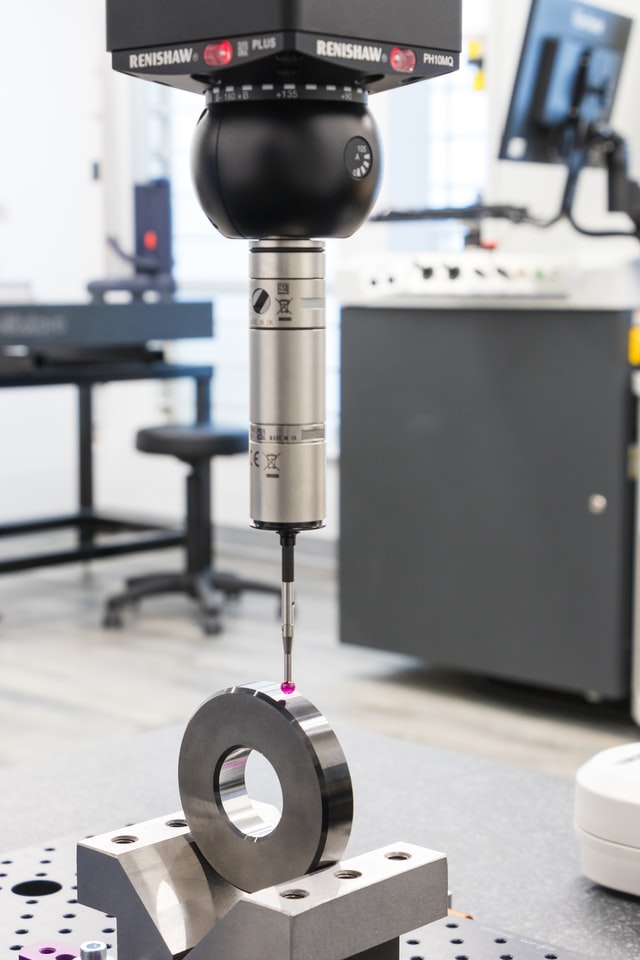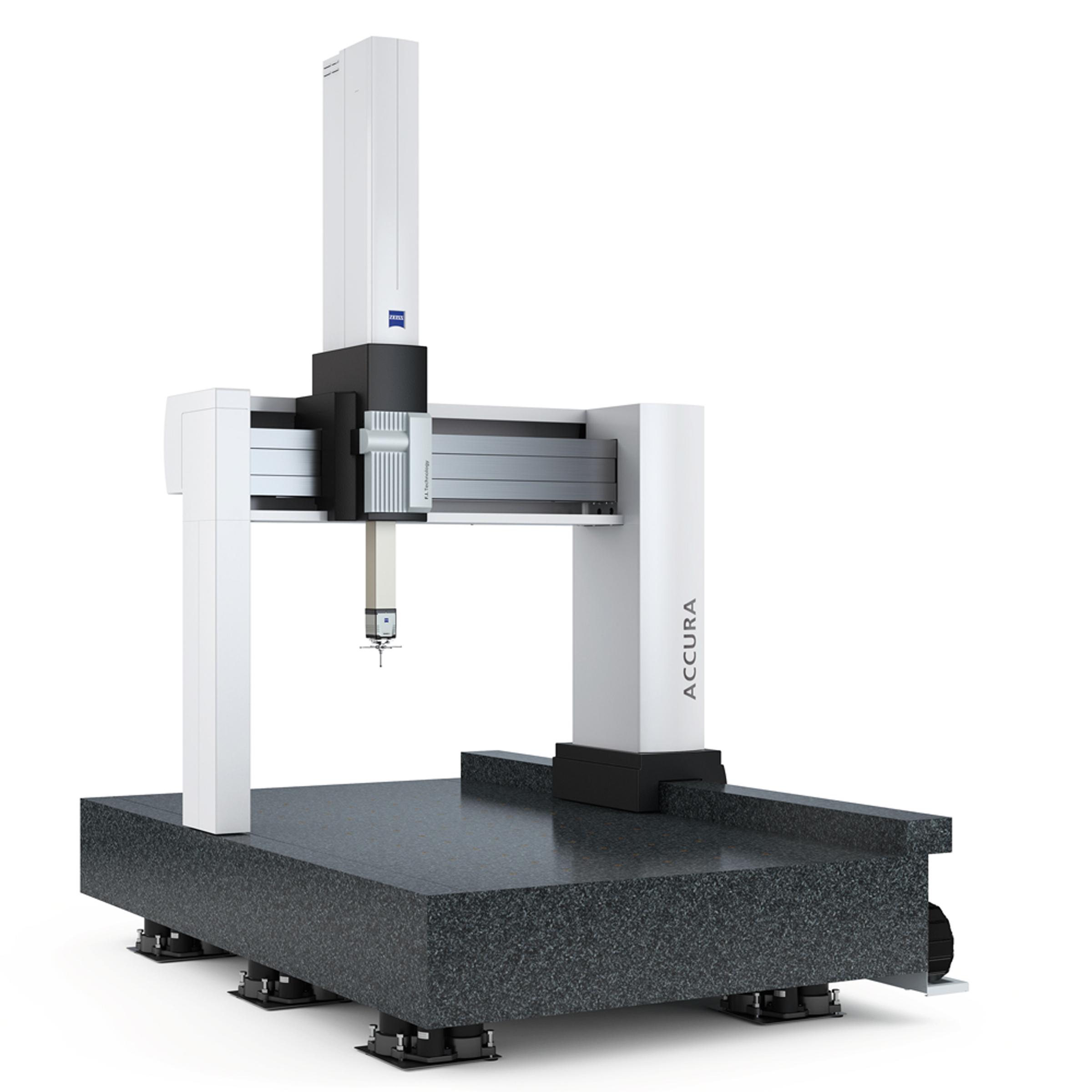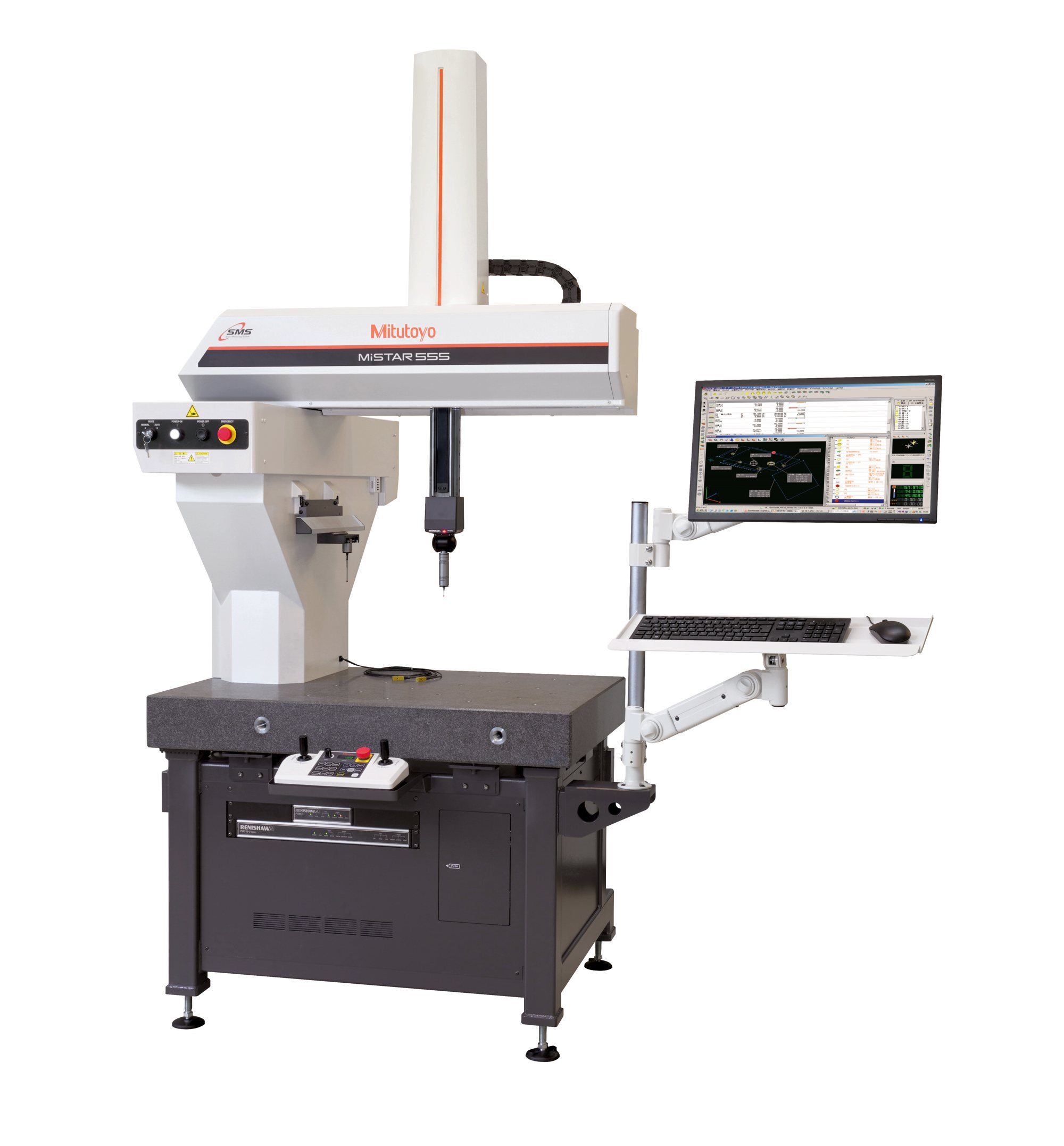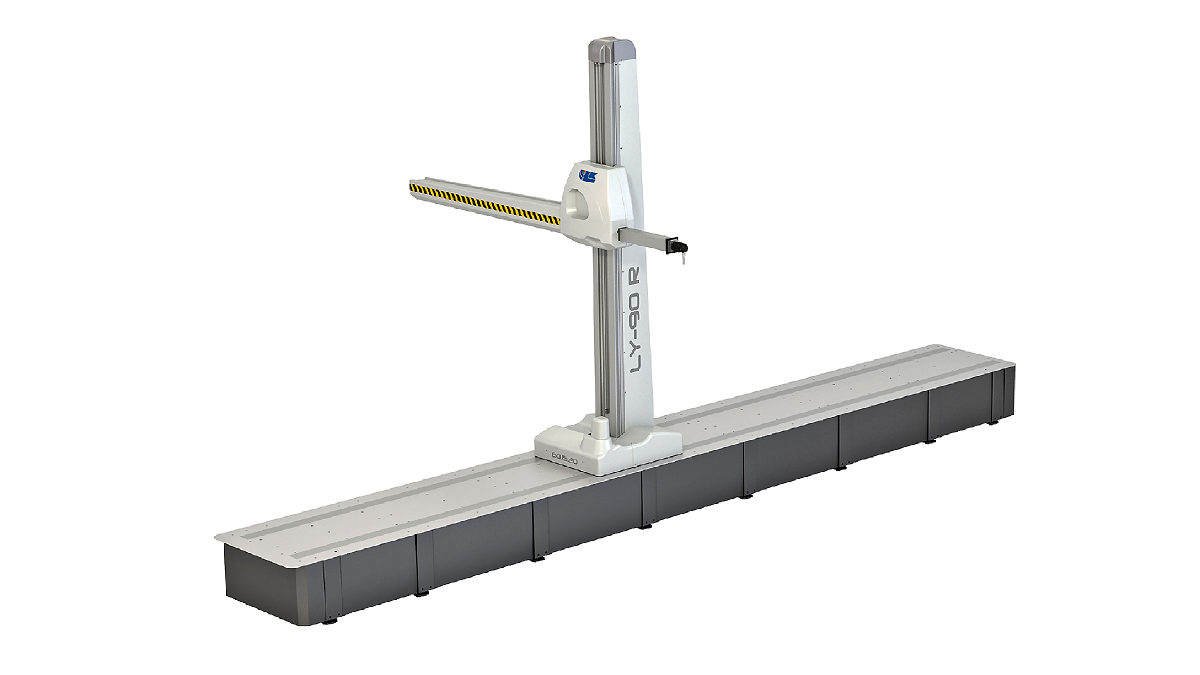CMM stands for Coordinate Measuring Machine and is a measurement instrument to accurately measure the dimensions and geometry of an object by measuring the points on a surface or body.
Applicable Standards
How do a CMM Machine work?
Coordinate measurement machines utilize an optical sensing or tactile probe to measure a feature size, position, and distance by measuring probe movements. This probe can move in X, Y, and Z directions to identify a surface.

We can move the measurement probe at different positions using a control mechanism such as a joystick or CMM machine software.
These machine software are smart enough to calculate a feature size and position according to probe movements. Some advanced CMM machines come with features where we can automatically control the probe position.
CMM machine component materials do not change their properties due to changes in environmental temperature. It improves coordinate measurement machine measurement accuracy.
Why Do We need Coordinate Measurement Machine?
CMM machine eleminates the need of various different conventional measurement instruments to measure part dimension and geometry. It can measure a component complex features easily. Here is the list of the advantages of CMM machines.
- Measure dimensions with higher accuracy and precision
- Repeatability
- Automate dimension measurements.
- High Speed
- Flexible Design
- Low set-up Time
A Coordinate Measurement Machine can save the company time, and money and measure parts more effectively.
Types of CMM Machine?
We can classify a CMM according to following parameters
- Type of Machine Structure
- Bridge CMM
- Cantilever
- Gantry
- Horizontal Arm
- Type of Sensing Element
- Tactile or Contact CMM
- Optical CMM
1. Bridge Type CMM
Bridge-type of CMM machines are available in movable and fixed machine options. They have limited workplaces and are used to measure small and mid-size parts.

In bridge-type CMM probe moves in three orthogonal x, y, and X-directions in a cartesian coordinate system. Most bridges utilize air bearings. Each axis has one sensor that measures the probe position to determine a feature dimension.
- Extremely Popular
- Low cost
- High accuracy and repeatability
- Friction-free movement
2. Cantilever type of CMM
These machines are not very popular and have applications to measure relatively small parts. The x-axis is fixed at the Y-axis column in a cantilever CMM machine.

A Cantilever CMM machines have the following advantages:
- Provide access to the operator from 3 sides.
- High speed & accuracy
- Low measurement uncertainty.
3. Gantry CMM
These CMM machines have a floor-mounted structure similar to Bridge CMM but larger in length. They have applications in measuring heavy and oversized aerospace and automobile parts.

A Gantry type of CMM machines has the following advantages.
- High accuracy.
- Large workspace area.
- We can load heavy parts directly on the surface. It makes gantry machines safer while working with heavy parts.
Gantry CMM has the following limitations
- Non-Portable
- Larger size
- High Cost
Horizontal Arm Coordinate Measuring Machine
It consists of a vertical column and a horizontal arm mounted on a saddle. The saddle can run vertically up and down. In this way, the CMM probe can move in all three axes.

Here is the list of two types of horizontal arm CMM machines:
- Plate Mounted: The column is mounted on the large surface plate.
- Two Runway Mounted: Columns are mounted on top or side.
Horizontal arm CMM machines have advantages of large work volume, and limitations of low accuracy.
Factors to consider before the selection of CMM?
The quality of measurement instrument has a direct impact on your product quality. For example, highly accurate measurement on shop floor eliminates uncertainty from manufactured parts. It ensures manufactured product quality.
We can do the accurate and precise measurements by selecting the correct measurement instrument. Here are the points you should consider before selecting a CMM machine.
- Type of CMM Machine
- Measurement Volume
- Measurement Accuracy and Its Least Count
- Weight Capacity
- Probe type
- Measurement Speed
- Cost of ownership
1. Type of Coordinate Measurement Machine
Different types of CMMs discussed above has different applications. Therefore you should select the CMM type according to the part type you want to measure.
For example, horizontal arm coordinate measuring machines can be a good choice if you need to measure relatively large components (such as truck Bumper) with low accuracy. But this machine will not work to measure small parts such as screws, small gears, etc.
2. Measurement Volume
It is the maximum volume or size of the part in the X, Y, and Z directions a coordinate measurement machine can measure. Engineers recommend selecting a CMM machine with two times the maximum available part size.
3. Measurement Accuracy and Least Count
Manufactured product quality depends on the accuracy of the measurement system as well. Therefore you should select the CMM machine that is accurate and repeatable enough to measure specified part dimensions within given tolerances.
Quality engineers recommend selecting a coordinate measurement machine with a measurement ratio of 6 or above.
4. Weight Capacity
It is the maximum workpiece weight the machine can accommodate. Make sure you select the CMM machine capable to work with the maximum component weight you need to measure.
5. Measurement Speed
It is the rate at which a CMM can take the measurements. The measurement speed may be different in automatic and manual modes.
6. Measurement Probe Type
Choosing the right probe type for your application is very important to ensure the quality of measurement dimensions. Contact and non-contact type of CMM probes are available.
For example, if the requirement is to measure a soft and flexible part, non-contact probes can give more accurate measurements.
Cost of Ownership
We recommend you to consider following CMM machine ownership costs before selecting a CMM machine.
- CMM equipment
- Maintenance cost
- Machine downtime
- User Cost
To sum up, CMM equipment is critical to ensuring manufactured part quality. Therefore you should thoroughly discuss your requirements with the supplier.
Please let us know your questions, comments, or suggestions on co-ordinate measurement machines in the comment box. We suggest you also read this article on Pick and place robots and delta robots.

Add a Comment